Electro Acupuncture
Electro acupuncture is a form of traditional medicine that is becoming increasingly popular as a treatment for various physical complaints. It is a type of acupuncture where a weak electrical current is directed into the patient’s body via needles placed at specific points. Electro acupuncture was first used in the early 1900s in China and has since been used in many countries around the world to treat a variety of ailments. It is believed to be effective in relieving pain, reducing inflammation and promoting healing. The concept of electro acupuncture is based on the principles of Traditional Chinese Medicine (TCM). According to TCM, the body contains energy pathways that govern and regulate its healthy functioning. These pathways become blocked when illness and injury occur, preventing the body from functioning at its optimal level. Hence, electro acupuncture is believed to activate and restore the body’s natural balance and health by stimulating the various energy pathways. During electro acupuncture, small metal needles are inserted at specific points on the patient’s body. Then, a low-level electrical current is passed through the needles. The patient may experience slight tingling or twitching during the process, which is normal and should not be a cause for worry. The electrical current is said to increase the flow of energy to the affected areas and to help restore the body’s equilibrium. This boosts the functioning of the body, promoting healing and providing relief from pain. Electro acupuncture is generally believed to be a safe and effective form of treatment. However, as with any kind of medical treatment, it is always advisable to talk to a qualified doctor or acupuncturist before undergoing electro acupuncture. This is to ensure the safety and efficacy of the treatment, as well as to ensure that the correct points of insertion are used to maximize the results.
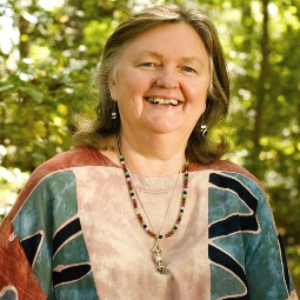
Mary Jo Bulbrook
Akamai University, United States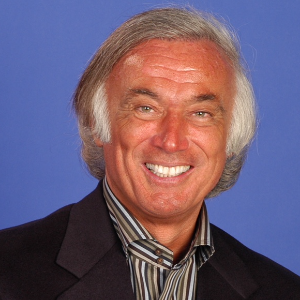
Kenneth R Pelletier
University of California School of Medicine, United States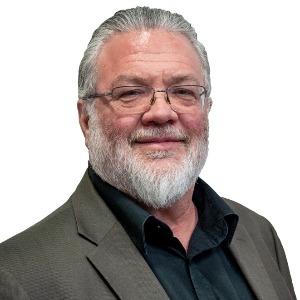
Gene Bruno
Nutraland, United States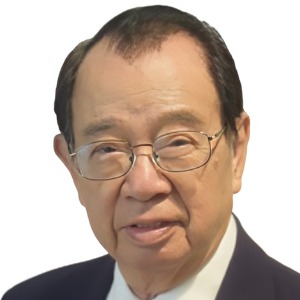
Kevin KF Ng
MD Natural Care LLC, United States
Julieta Andico Songco
JAS Consulting Services, United States
Debrah Nadler
Alzheimer’s Support, LLC, United States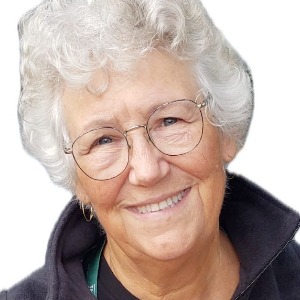
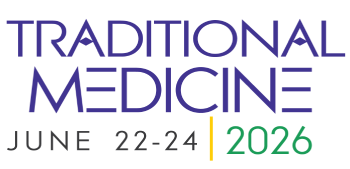



Title : The importance of integrating TCM with conventional medicine in the diagnosis and treatment of physical and mental exhaustion due to excess or lack of professional activity
Angela Sanda Tudor, Society of TCM from Romania, Romania
Title : Change your genes - Change your life: Sorting the hope from hype of human longevity
Kenneth R Pelletier, University of California School of Medicine, United States
Title :
Laure Le Corroller, Dr.& Master Sha Tao Academy, Canada
Title : Examining the factors that decrease and increase the effect of acupuncture
Yucel, Elonysia LLC, Turkey
Title : Pure consciousness and lifestyle practices in ayurveda — Positive epigenetic transformations
Girish Momaya, Maharishi European Research University, Netherlands
Title : Akkermansia muciniphila 001 (AKK001™) postbiotic for body morphology and metabolic indicators in an overweight population: A randomized, controlled trial
Gene Bruno, Nutraland, United States